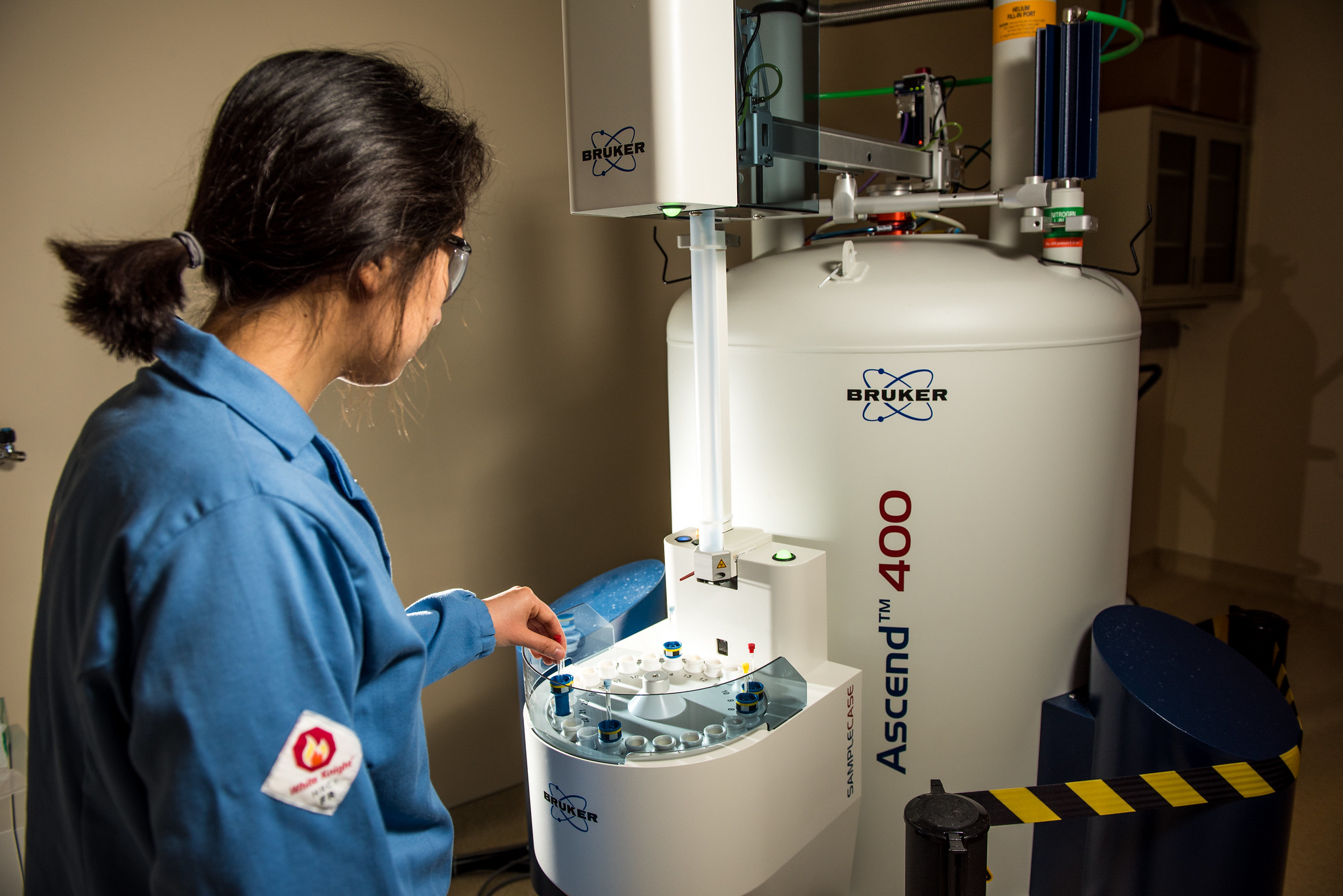There is a revolution in energy use underway. Coal fired power stations are shutting down across the western world, with wind and solar power stations replacing them. The internal combustion engine in cars is on the way out, with manufacturers investing heavily in electric cars.
This presents a problem: how can we store energy so it can be used when needed? One answer to this is batteries. Batteries to store energy from wind turbines when it is windy, so we can turn the light on, boil the kettle and power our factories on still days. Batteries, so we can drive hundreds of miles on a single charge.
To meet these needs, we need to develop batteries with very different properties: high energy and power densities for cars, and low cost for grid storage. The design of batteries for these purposes is enabled by understanding the chemical and structural changes that happen during charge and discharge.
I am developing the combined use of nuclear magnetic resonance and ultrasonic sensors, to study battery electrodes as they are being charged and discharged. Nuclear magnetic resonance tells us about chemical changes taking place within the electrode, and ultrasonic sensors give information on mass changes and structural changes.
In lithium ion batteries – like we use in our mobiles – the performance degrades after a few years. This is because of parasitic side reactions using up the lithium in the battery, so it can no longer be used to store energy. Using the combination of nuclear magnetic resonance and ultrasonic sensors, these parasitic reactions can be studied and quantified, allowing the design and measurement of new, better batteries.
George Lane
NanoDTc PhD Cohort 2014

